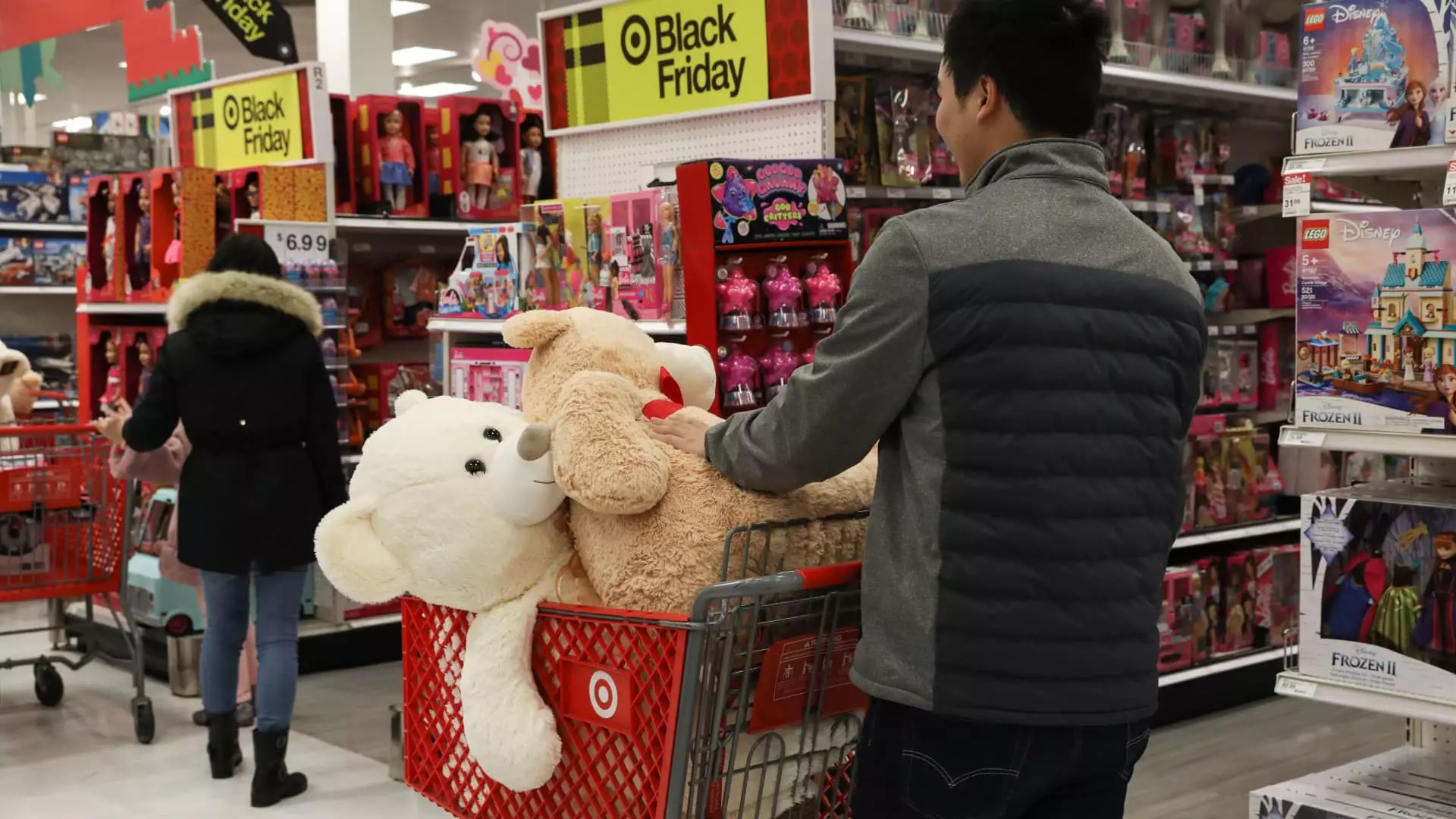The escalating trade tensions between the United States and its global partners are beginning to impact the lives of everyday consumers, particularly when it comes to the toy industry. A recent decision by President Trump to impose a sweeping 10% tariff on a wide array of imports—including essential supplies for toy manufacturers—marks a significant increase in production costs. Sudden spikes in tariffs, especially those aimed at key players like China and Vietnam, send shockwaves through the economy, and the toy sector, deeply reliant on affordable manufacturing, is no exception.
The vulnerability of the American toy market is alarming. For decades, companies have cultivated strong relationships with Chinese manufacturers to deliver competitively priced goods to American consumers. Vietnam emerged as an alternative due to its more favorable business conditions. However, as the government’s protective measures ramp up, these countries face steep tariffs—34% on Chinese imports, and a harrowing 46% on Vietnamese products. The question that looms large is: who will ultimately foot the bill for this trade friction? Spoiler alert: it’s families and children who will face the brunt of these financial ramifications.
A Ripple Effect on Prices
The implications of these tariff increases for consumers are chilling. Industry experts predict a significant price hike on toys, calling this a “massive negative repercussion” for the entire market. Greg Ahearn, who leads The Toy Association, highlights that the scramble to navigate these inflated costs is far from over. For families, the anticipated rise in prices is not merely an inconvenience; it’s a potential strain on already stretched budgets. As toys become pricier, the financial burden will likely hit low- to middle-income families the hardest—an unfortunate consequence that perpetuates economic injustices in affluent societies.
Interestingly, the U.S. toy market is particularly susceptible because approximately 77% of toys are imported from China. With both Hasbro and Mattel already projecting financial strains due to previous tariffs, the current situation foreshadows even grimmer outcomes. Analysts argue that a drastic price increase—potentially up to 50%—is not only possible but very probable. When profit margins are usually tight, the only feasible solution manufacturers have is to pass these costs directly to consumers. Kids’ birthday parties and holiday shopping will inevitably take a hit.
The Gamble of Relocation
Manufacturers might consider shifting their production bases to countries like Indonesia and India; however, this is proving to be a complicated endeavor. Both nations also face their own tariff increases (32% and 26%, respectively), making the notion of relocating production a less appealing prospect. True, companies can renegotiate contracts and even get creative with packaging to reduce costs—but the crux of the problem lies in the stark realities of elevated tariffs. This gamble may falter; ultimately, the hefty taxes have made previous plans to diversify manufacturing locations less financially viable.
Curtis McGill of Hey Buddy Hey Pal offers a glimmer of hope regarding negotiations with Vietnam, which may not face the same level of trade animosity as China. Yet the sobering reality remains that no immediate relief is in sight. As negotiations remain stalled, the palpable tension between these nations solidifies our predicament—the more we delay, the harder it becomes for our economy and, more importantly, for families trying to make ends meet.
The Equity Crisis in Play
As the costs escalate and consumer prices rise, many families will be brought to the edge, facing difficult choices. The most poignant irony is that the very demographics that lawmakers often advocate for—the working and middle class—will suffer as a direct consequence of these policies. Quick access to affordable toys is especially crucial for families striving to maintain a sense of normalcy in their children’s lives. When fiscal policy disrupts this basic facet of childhood joy, it highlights an urgent need for policymakers to rethink engagement with trade.
The situation also underscores a broader concern regarding how well our leaders truly understand the daily struggles of American families. Creating policies that prioritize the whims of tariffs over the happiness and development of children demonstrates a grave misunderstanding of what is at stake. The continued perception that abstract economics outweighs tangible impacts on everyday citizens further fuels resentment and frustration.
In this complex and challenging landscape, it becomes increasingly evident that our leaders must balance protective trade measures with empathy for the communities they impact. The future of America’s toy industry—and the happiness of future generations—hangs in the balance.

